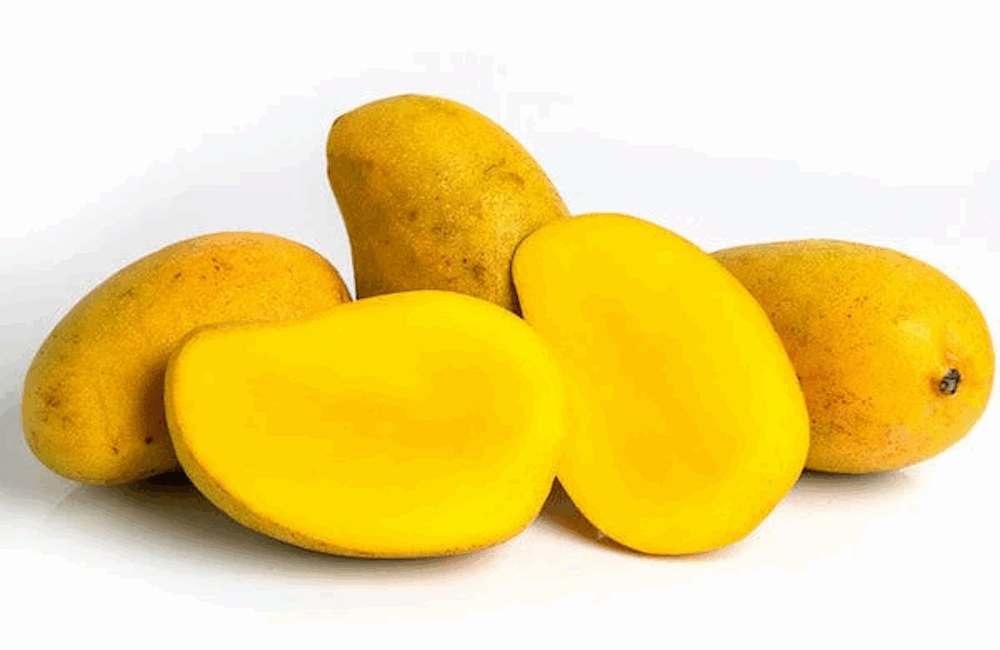When mango season arrives in Jamaica, it brings with it more than just sweet fruit — it brings joy, nostalgia, and community. Jamaican mangoes are among the most flavorful in the world, thanks to the island’s fertile soil and tropical climate. But not all mangoes are created equal. From the beloved Julie to the bold East Indian, each variety has its own distinct personality, flavor, and story to tell.
The Julie mango is perhaps the most famous and most adored. Known for its small size, soft flesh, and incredibly sweet taste, it’s the kind of mango you eat with your hands — juice running down your arms, reminding you that summer is in full swing. Julie is so soft and fiber-free that it practically melts in your mouth, and its flavor is a perfect balance of tang and sweetness.
The East Indian mango, by contrast, is much larger and heavier. It’s known for its bold, rich flavor and slight tartness — the kind of mango you cut up and savor slowly. It’s more fibrous than Julie but no less enjoyable. Many Jamaicans consider East Indian mangoes the “king” of mangoes for their deep color, size, and satisfying bite.
Other popular varieties include Number 11, a less fibrous, firm mango with a milder taste, and Blackie, which is small but tangy. There’s also Bombay, Robin, and even wild mangoes that grow uncultivated in rural areas. Each has its own season, texture, and use — some are perfect for juice, others for eating fresh, and a few for making chutney or preserves.
In Jamaica, mango season is a cherished time of year, marked by overflowing baskets, sticky fingers, and shared laughter. Whether you love the silky sweetness of a Julie or the bold flavor of an East Indian, there’s a mango for every taste and every memory. So next time you’re lucky enough to get your hands on a Jamaican mango, take your time — you’re not just enjoying a fruit, you’re experiencing a slice of the island’s soul.

